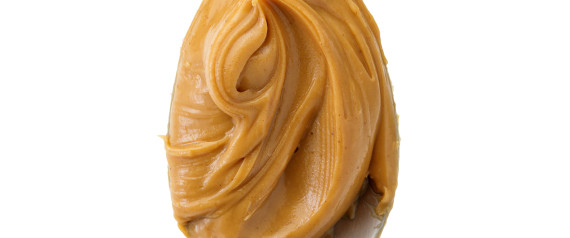
By Natalie San Luis
With all the weight loss supplements, advice books, and fad diets out there, it's hard to know what weight loss advice is based on facts. A recent article looked at several medical studies to see what works the best.
The researcher looked at clinical trials and reviews of trials to see how obese people can improve their body composition by losing fat while keeping lean muscle.
More from dailyRx:
Ancient Moves for Prostate Cancer Patients
Exercise for the Mind in MS
Yoga May Help COPD Patients Breathe Easier[1] [2] [3]
She found that cutting calories slightly while eating foods high in protein works better than crash dieting.
Additionally, she recommended moderate intensity aerobic exercise three to five days per week paired with occasional resistance training for a healthier body composition.
Janet Walberg Rankin, PhD, of the Department of Human Nutrition, Foods, and Exercise at Virginia Tech, wrote the article which looks at the best ways to alter body composition in order to treat obesity.
"Body composition" refers to how much muscle and fat a person has. Typically, people who are obese have significantly more fat than the average person.
According to Dr. Rankin, improving body composition through weight loss, especially fat loss, is crucial for improving the health of obese individuals.
She cites the American Heart Association, which claims that obese people are at an increased risk of heart disease and weight loss is crucial for reducing those risks.
Additionally, Dr. Rankin wrote that studies have linked low muscle mass, especially when accompanied by high body fat, with disease risk. In other words, body composition, rather than fat or weight alone, may be a better indicator of health.
Changing body composition relies on a person's energy intake (the amount and type of foods they eat) and expenditure (how they burn calories by working out). Dr. Rankin sought to find the most effective way to take in and expend energy in order to lose fat while retaining muscle.
In terms of diet, Dr. Rankin said that most societies and government bodies recommend lowering calorie intake by 500 to 1,000 calories per day. Several studies show that people who use very low calorie diets to lose weight rarely keep the weight off because it is more difficult to stick to a very strict plan.
The amount of carbohydrates and fats consumed can also affect body composition and weight loss.
One review of studies found that low-carbohydrate diets result in more lost weight initially, but the weight is harder to keep off. Low-fat diets are more effective in reducing cholesterol, at least initially.
Additionally, Dr. Rankin referenced a review of 33 trials showing that reducing fat intake without reducing total energy intake results in small but insubstantial changes to weight and body composition.
Several studies show that a higher-than-average protein intake while dieting can help the body keep muscle while losing fat. A recent review found that a higher protein intake -- 1.25 grams per day per kg of body weight -- led to more weight loss and improved body composition.
Short-term studies have also shown that more protein intake leads to a feeling of fullness, which helps dieters eat fewer calories.
Studies have also shown that smaller but more frequent meals may not actually contribute to sustainable weight loss and improved body composition. Dr. Rankin recommended three regularly spaced meals, each with protein, with protein-rich snacks if needed.
According to evidence from clinical trials, 250 minutes per week of moderate intensity aerobic activity is necessary for weight and fat loss.
Additionally, one study found that resistance training, in addition to aerobic training, can lead to a leaner body composition even though it does not always lead to body fat reduction.
Dr. Rankin concluded that a combination of improved dietary choices with increased physical activity is recommended for people who want to lose weight, have a leaner body composition, and improve their health.
She suggested a diet with a 500 to 1,000 calories-per-day reduction -- with 20 to 25 percent of those calories coming from fat, 50 percent from carbohydrates, and 20 to 25 percent from protein. Furthermore, she wrote that aerobic activity paired with a diet is more effective than dieting alone for reducing body fat.
This article was published in the American Journal of Lifestyle Medicine on October 24. The author did not disclose funding sources or conflicts of interest.
Also on HuffPost:
References
- ^ Ancient Moves for Prostate Cancer Patients (www.dailyrx.com)
- ^ Exercise for the Mind in MS (www.dailyrx.com)
- ^ Yoga May Help COPD Patients Breathe Easier (www.dailyrx.com)
- ^ Send us a tip (www.huffingtonpost.com)
- ^ Send us a photo or video (www.huffingtonpost.com)
- ^ Suggest a correction (www.huffingtonpost.com)

0 comments:
Post a Comment